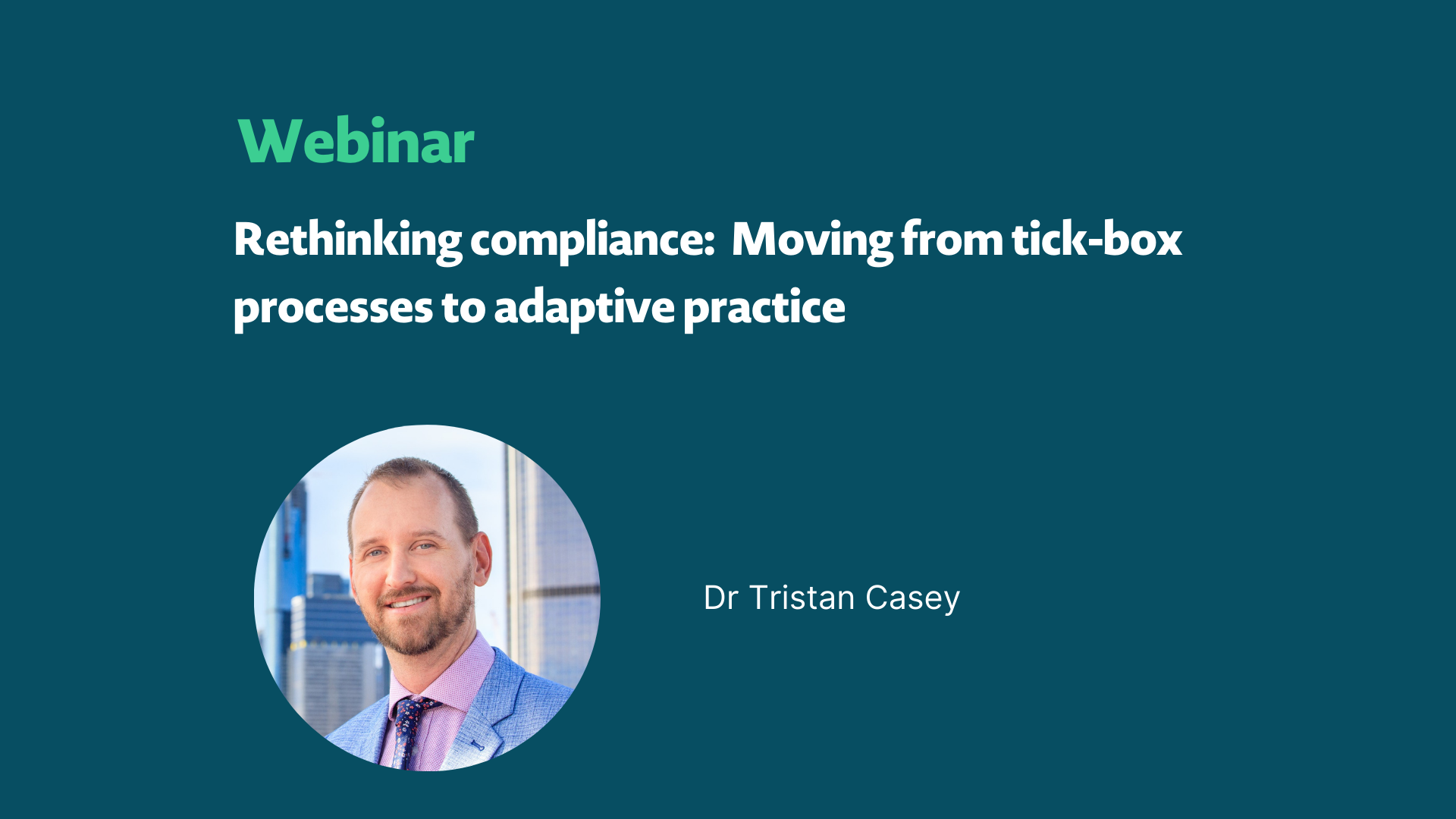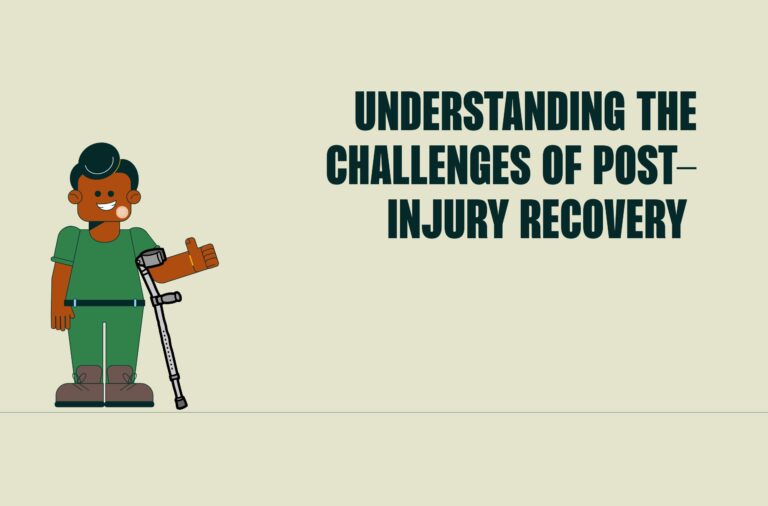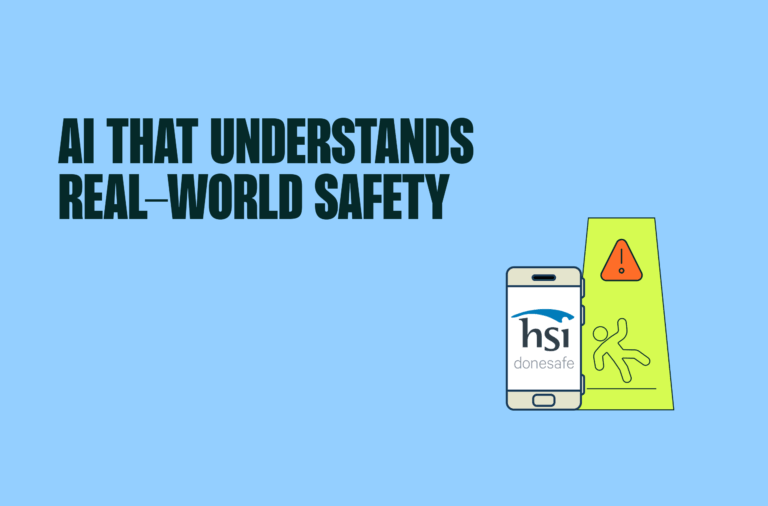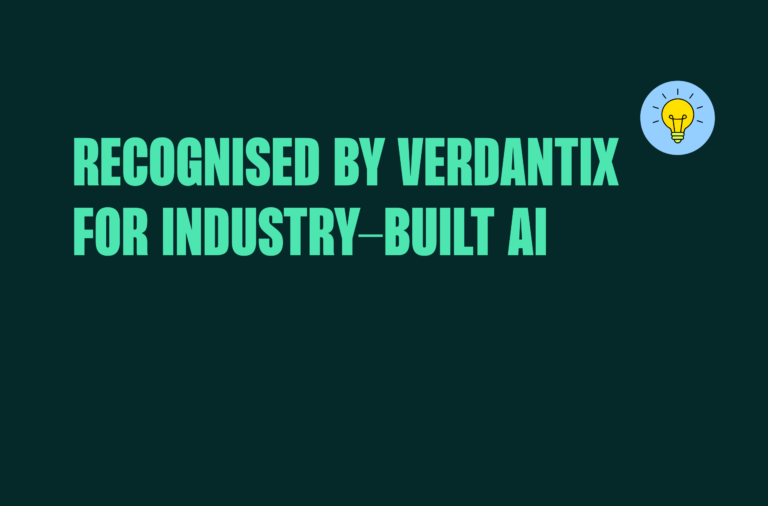
Compliance in safety has long been synonymous with paperwork, procedures, and policies. But is ticking boxes really making workers safer? That’s the question posed in a recent HSI Donesafe webinar hosted by Ben Evans, featuring Dr Tristan Casey, organisational psychologist and Director at New View Safety.
The session explored a new approach to safety compliance – one that moves beyond minimum requirements and surface-level activity, toward adaptive thinking and practical outcomes. Here are the key takeaways.
When compliance becomes theatre
Dr Casey began by unpacking the concept of surface compliance – where organisations appear compliant on paper, but in practice there’s little change to safety performance. This happens when compliance efforts focus more on appearances than on real-world risk reduction. The result is what some call “safety theatre” – where everyone plays their part in a scripted process, but the underlying issues remain untouched.
It’s a dynamic that can create tension. Workers often see safety paperwork as irrelevant to their daily work, while executives are reassured by dashboards and reports that suggest everything is under control. According to Dr Casey, this disconnect is what creates a dangerous illusion: the belief that compliance means safety.
Ambiguity in the rules
Australia’s safety legislation is principle-based, which gives businesses flexibility in how they meet their duties. But that flexibility can also create confusion. With no clear checklist to follow, many organisations default to doing the bare minimum – not because they don’t care, but because they don’t know what “good” looks like.
This is where the tick-box mindset takes hold. Organisations build systems around audits and checklists, thinking this is what compliance requires. In reality, these activities often add little value unless their intent is properly understood and aligned with actual risk.
Understanding the gap
One of the most powerful ideas discussed in the webinar was the compliance gap – the space between intended safety outcomes and the methods used to achieve them. Too often, these methods are generic or prescriptive, and don’t reflect the complex, dynamic nature of frontline work.
To close that gap, Dr Casey encouraged leaders to focus less on rules and more on how decisions are made in context. That means giving workers more autonomy and equipping them to make informed choices – especially in unpredictable or high-risk environments. As he noted, shifting from a rules-based mindset to a principles-based one is not always easy, especially in organisations used to rigid processes.
The trade-off between efficiency and thoroughness
Another key insight was the balance between efficiency and thoroughness. While it’s not practical or even desirable to be 100% thorough in all safety activities, there are times when more rigour is needed. Dr Casey pointed out that the most effective organisations are those that understand when to be efficient and when to slow down for deeper consideration. Managing this tension well is critical to both performance and safety.
Learning from adaptive systems
To demonstrate adaptive compliance in action, Dr Casey shared an example from the UK nuclear industry, where traditional compliance models were replaced with a more collaborative and flexible approach. Instead of following rigid procedures, teams worked with regulators and experts to tailor compliance strategies to real-world conditions – enabling both safety and productivity.
This kind of adaptive practice relies on several key enablers: clear boundaries, safe-to-fail environments, and training that focuses on decision-making, not just rule-following. It also requires leadership that embraces uncertainty and supports teams to navigate complexity with confidence.
Adaptive compliance in practice
Tristan outlined practical strategies for enabling adaptive compliance, summarised below:
- Safety Boundaries: Tristan suggested making safety boundaries visible to help workers understand what is safe and what is not, and to create a clear zone of safety.
- Safe-to-Fail: He recommended creating safe-to-fail environments, where workers can experiment and learn from failures without severe consequences, enhancing their ability to adapt and innovate.
- Training: Tristan emphasised the importance of improving training to focus on adaptive decision-making, using scenario-based approaches to help workers develop the skills needed to adapt to changing conditions.
Final thoughts
As the session wrapped up, Dr Casey left attendees with a challenge: to stop measuring compliance by volume and start looking at quality. Are your systems helping people make safer decisions? Are you closing the gap between policy and practice? If not, it may be time to rethink your approach.
Adaptive compliance isn’t about doing more – it’s about doing what matters. By empowering frontline teams, managing trade-offs wisely, and designing systems that reflect real work, organisations can move beyond tick boxes and towards safer, smarter outcomes.
To learn more about adaptive compliance or seek support in reviewing your organisation’s approach, visit thenewview.com.au or contact Dr Tristan Casey directly at info@thenewview.com.au.
Share:


